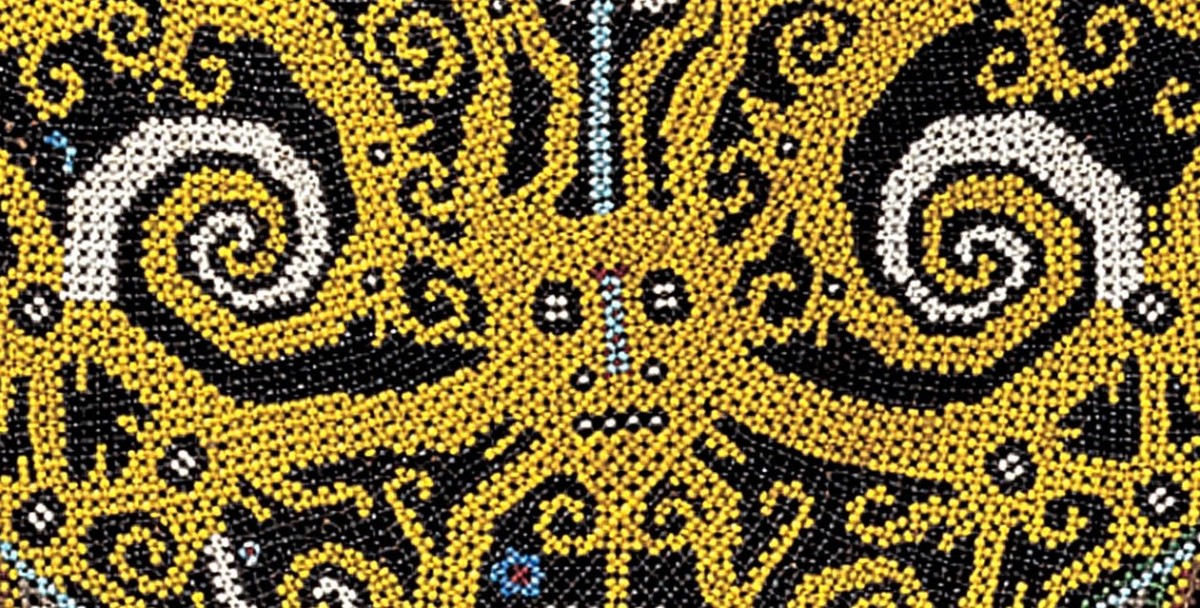The exhibition was funded in part by the City of San Diego Commission for Arts and Culture and the County of San Diego Community Enhancement Program.
More than 100 objects from the Museum’s collection including textiles, jewelry, puppets, baskets, beaded objects, ritual dance masks, architectural ornaments, household objects and ancestor figures and shrines. The exhibition revealed the significant growth of the Museum’s Indonesian collection in recent years, which includes – it is believed, the world’s largest museum collection of monumental ancestor shrines from Borneo (Kalimantan).
Four films played continuously throughout the run of the exhibition: “The Drum and the Mask – The Time of the Tubuan,” “Faces of the Spirits – The Sulka People of Papua New Guinea,” “Bali – Masterpiece of the Gods” and Traditional Dances of Indonesia, Dances of Bali –The Barong.”
Since early times the peoples of Indonesia have prized communal well-being, respecting and observing life’s passages – fertility, death and renewal. These elements have long been expressed in the art of the peoples of the Archipelago. Temple art, domestic objects and adornment and ritual and ceremonial objects all embody manifold and powerful expressions of life’s passages and cycles. Accompanying the exhibition was a 250-page, full-color Mingei International Museum documentary publication of the same name.
